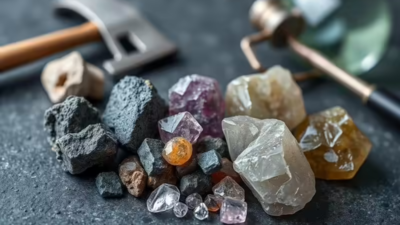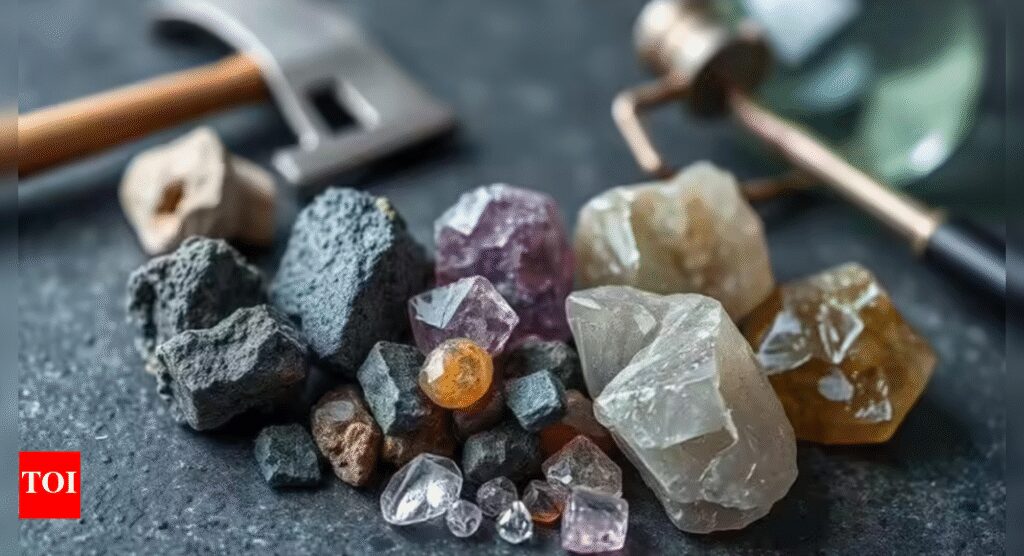
India’s ambitions in electronics, electric vehicles (EVs), and clean energy may face critical challenges due to its limited domestic production of rare earth elements (REEs), despite holding sizable reserves. China continues to dominate the global REE supply chain, controlling over 90 per cent of the world’s processing and magnet-making capacity, reported ET.Rare earths, 17 elements with unique magnetic, luminescent, and electrochemical properties, are essential for a wide range of high-tech and green energy products. From permanent magnets in EV motors and wind turbines to phosphors in LED lights and data storage in MRI machines, these materials are foundational to next-generation technologies.Here’s how individual elements are used:
- Neodymium (Nd): Permanent magnets in motors, headphones, microphones, hard drives, speakers
- Praseodymium (Pr): Magnets (with Nd), aircraft engines, fibre optic cables
- Dysprosium (Dy): Improves heat resistance in magnets, used in EV motors, hard drives, earbuds
- Terbium (Tb): Phosphors for green colour in displays and lighting
- Samarium (Sm): High-strength magnets for headphones, microwave devices, small motors
- Europium (Eu): Red phosphors for displays and LED lights
- Yttrium (Y): Phosphors for LED and CRT displays, laser devices
- Gadolinium (Gd): Used in data storage and MRI machines
- Lanthanum (La): Rechargeable batteries, lenses in cameras/smartphones, glass additives
- Cerium (Ce): Polishing compounds for glass, catalysts, and phosphors
- Erbium (Er): Optical amplifiers in fibre optic communication
Other REEs, Scandium, Holmium, Thulium, Lutetium, Ytterbium, Promethium, are vital in specialised lasers, sensors, electronic devices, and medical imaging systems.According to ET, China alone accounts for nearly 70 per cent of global rare earth mining, with countries like the US (12 per cent), Myanmar (10 per cent), and Australia (8 per cent) following distantly. India, though possessing around 6–7 million metric tonnes of reserves, about 6–7 per cent of the global total, contributes less than 1 per cent to the world’s annual output.This creates a major vulnerability for Indian manufacturers. Any disruption or restriction in supply from China could severely impact production lines, especially in EVs, smartphones, and defence systems. As per ET, this gives Beijing immense leverage.While the US has tried building its own capacity in light rare earths like neodymium and cerium, China remains the primary source for most critical elements, including dysprosium, terbium, and yttrium.










